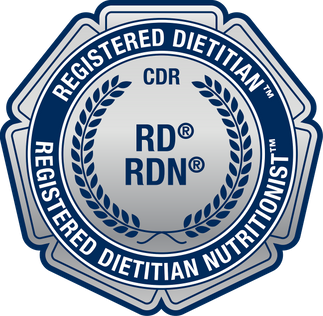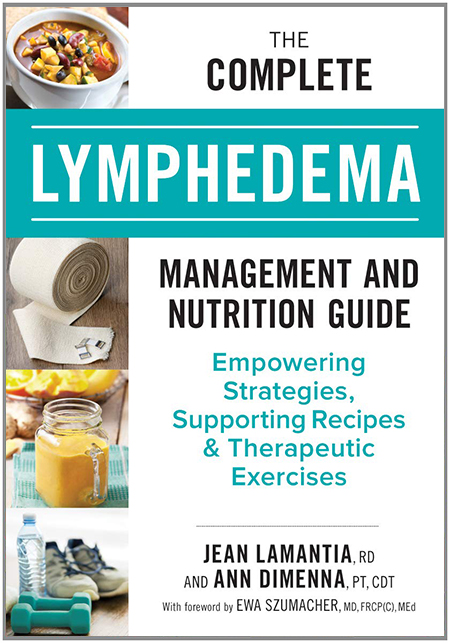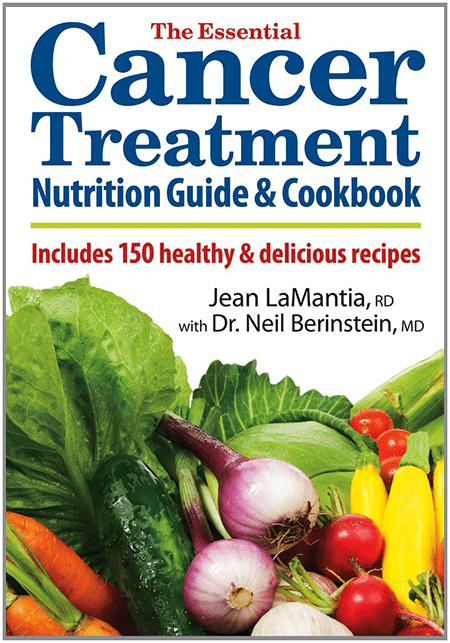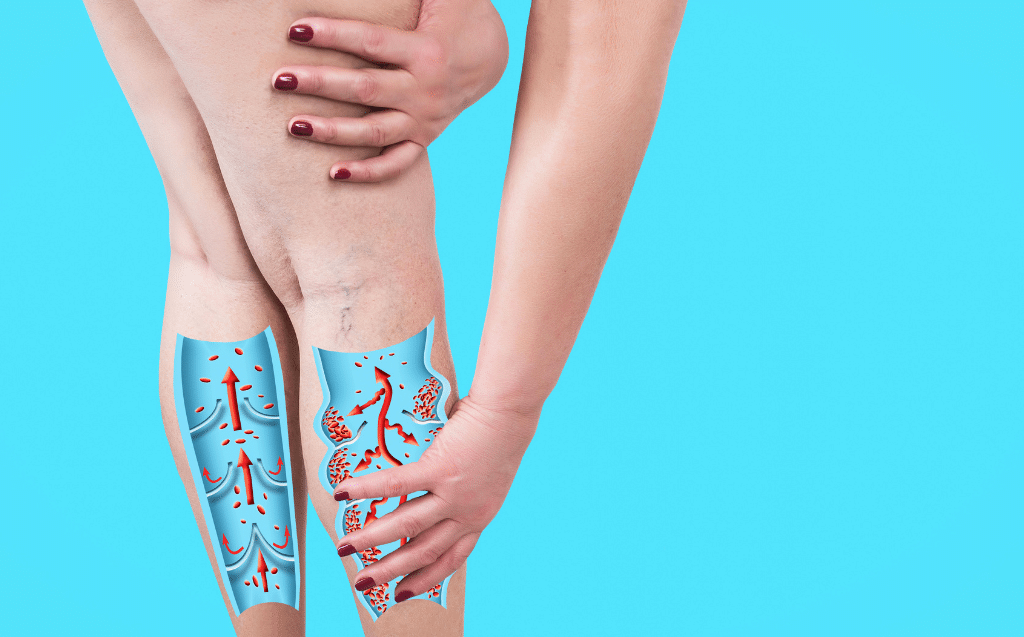
This bog post is written about a session called: Deconstructing Studies: How to Evaluate the Strength of the Science
The Presenter was: Mark Kern, PhD, RD, CSSD, San Diego State University
This topic is very relevant to registered dietitians as the main focus of our work is to read relevant research and translate this into nutrition recommendations for consumers about what they should be eating and/or avoiding.
Prof Kern started by outlining the different types of studies
- Cell culture – called “in vitro”
- Animal
- Descriptive epidemiology
- Analytic epidemiology
- Experimental also called clinical trials
Prof Kern’s talk focused on Descriptive Epidemiology for which there are several types
- Ecological
- Case series
- Case control
- Cross sectional
- Surveillance systems
Other highlights from this talk:
Not all research is created equal. Many times, scientific studies conclude results that contradict each other, and scientists express opposing viewpoints on subject matter. This can lead to confusion for consumers and increased perceptions of risk or benefit.
I certainly find these contradictions to be present in my area of interest – the intersection between nutrition and cancer and how to reduce the risk of cancer with a proactive diet.
That is the extent of my note taking during this session, as Prof Kern went on to highlight a study on the relationship to availability of high fructose corn syrup (glucose-fructose) and type 2 diabetes in various countries. He demonstrated that by changing the cut-off points for amounts of HFCS available, this could change the results of the study. For me, this highlighted my vulnerability as a reader to the author’s choices when designing and analyzing their study.
Critically reading research is one area where I am continually refining my abilities. It’s an important skill for nutrition professionals and I think for consumers too. One important consideration is the type of study design.
I have seem many descriptions of the hierarchy of research study design and they all seem a little different, but here is an example of how to rank the strength of the evidence based on the type of study.
I have listed the studies from highest to lowest. The “highest” – meaning these types of studies are relied upon by influential organizations to set their position statements. The “lowest” are the types of studies that shouldn’t be used to make recommendations direct to consumers, but rather to guide more research in a particular area.
Highest to Lowest
Meta Analysis – A statistical analysis of the data compiled after a Systemic Review of all the studies on a particular question. For example, an organization like the American Institute for Cancer Research (AICR) will make recommendations after they have analyzed all of the studies on alcohol intake and breast cancer. When they pool the results from all the studies into 1 large database, it increases the strength of the evidence. The larger the database (of good quality studies) the greater the strength of the evidence. In this example, the AICR report there is convincing evidence at alcohol intake is linked to an increased risk of breast cancer.
Randomized Controlled Trials – A clinical trial in which the subjects are randomized to the treatment or control group. For example, one group will received a low fat diet and another will receive a high fat diet (all other variables will be controlled such as the amount of protein and carbohydrate). A person participating in the study doesn’t get to choose which diet they want to follow- they are randomly assigned to either of the 2 test diets.
Prospective – This study “looks forward” (as opposed to retrospective – which would be looking back) by following a group forward in time. For example a group of women with breast cancer are followed for 7 years to see if there is any difference in their recurrence of cancer and the amount of soy foods they consume. Several studies with this design lately have shown that the greater the intake of soy foods, the lower the rate of breast cancer recurrence.
Cohort studies – Comparing a group (cohort) with a particular trait to a control group. You would choose people that share something in common for example where they live, the year they were born, their occupation. An example of this is he Framingham Heart Study which has been following people from Framingham, Massachusetts since 1948. By tracking participant’s diet, body weight and exercise level, this famous study was able to show that heart disease is not an unavoidable outcome of aging, but a preventable disease that can be mitigated by lifestyle changes.
Case Control Studies– This is a comparison between “cases” and “controls”. Here is an example of a 2013 case control study testing the hypothesis that vitamin D is protective against breast cancer. To examine this, 593 women with breast cancer “the cases” and 580 cancer free “controls” had their vitamin D blood levels compared. The results were that while the majority of women had low vitamin D blood levels. Compared to those with the lowest levels, the women with the highest levels of vitamin D had a significantly reduced risk of breast cancer. If want to read more, the link is here.
Case Reports – A professional will write a case report about 1 individual client. These make interesting reading, such as one that I read recently about an individual in the U.K. with low vitamin D blood levels who reversed this after 1 month of eating mushrooms exposed to a UVB light bulb. Here is the link.
Animal Research -This is very common in the nutrition field. It usually involves mice or rats. It is used a test a certain research question. For example in the book The China Study, by Dr. T. Colin Campbell, PhD, the author talks about his research feeding a 5% protein diet or a 20% protein diet to rats that had been exposed to aflotoxin – a known carcinogen (cancer causing chemical). Beware of any news report that is telling you to change your diet based on animal studies. While they are important part of the research process, we are not rats these and studies don’t provide strong evidence for making direct recommendations to humans.
Bottom Line:
Not all studies are created equally. Study design, as outlined above is one important factor that bloggers, reports, media, registered dietitians and others have to consider when reporting the results of studies to consumers. I will do my best to keep all of this information in mind when I make recommendations to members of my community.











